If you’re not sure how to register for or submit a VAT return, head on over to our VAT guide to find out.
Claiming back VAT without a valid invoice
In order to recover or claim back any VAT, HMRC expects businesses to get a purchase invoice from a supplier in order to recover the input tax it is charged. If the purchase is for over £250 excluding VAT you will need a full tax invoice, but for purchases under £250 you don’t need one. Instead, you can use receipts for fuel purchases, for example. Tax Insider has more information.
Failing to register a new business for VAT within 30 days
Not taking the necessary steps to register with HMRC for VAT can result in penalties. The amount of the penalty is based on the amount of VAT that is owed and the length of time that the registration has been delayed.
Entering the wrong figures on your VAT return
HMRC says if you’ve made an error on your return but haven’t submitted it yet, you can correct the error by amending your records. Make sure you record why you’re making a change and note the correct VAT figure.
If you’ve already submitted your return, and then notice an error, you’ll need to correct the error by following the process in section 4 on the HMRC website.
Paying your VAT return late
If you’re late paying your VAT return, from the first day your payment is overdue, until you pay in full, HMRC will charge late payment interest. It has also introduced new late payment penalties, starting from 1 January 2023.
Not issuing VAT invoices on time
When it comes to VAT invoices, there is a strict time limit on issuing them. HMRC says that normally you need to issue a VAT invoice within 30 days of the date you supply the goods or service. If you’ve been paid in advance, then these 30 days start from when you received the payment.
Common VAT definitions
Understanding all the business tax definitions can be challenging. To help, we’ve listed some common VAT-related keywords and definitions.
VAT thresholds
The VAT threshold is the level of turnover you can make before you have to register for VAT. In the UK, the threshold is £85,000. Once you exceed this, you are legally required to register for VAT.
Vat taxable turnover
VAT taxable turnover is the total number of sales you make that are subject to tax. This is after any VAT-exempt amounts have been removed.
VAT certificate
A VAT certificate is a document that HMRC provides to confirm that your business is officially registered for VAT, explains FreeAgent. On your VAT certificate you’ll find:
Your business's unique VAT number
The effective date of registration
Fines and penalties for VAT
In an effort to promote fairness, HMRC amended its penalties and interest charges for VAT submissions and payments that are made past the due date as of 1 January 2023. You can read about the changes here.
What's the difference between zero-rated and exempt from VAT?
Zero-rate and exemption from VAT are slightly different. Goods and services categorised as 0% or zero-rated VAT are still taxable goods, but the rate of VAT charged is 0%. These can be goods such as:
Advertising services for charities
Charity shops selling donated goods
Building services for disabled people
VAT-exempt goods and services, on the other hand, are not taxable, and no VAT can be charged on them. These are things like:
Lottery ticket sales
Betting and gambling
Antiques

